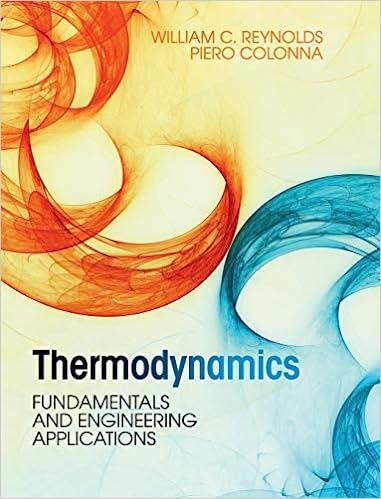Answered step by step
Verified Expert Solution
Question
1 Approved Answer
Solve using MATLAB Consider the equilibrium reaction: A+2BC+D At equilibrium, it is known that KC=[A][B]2[C][D]=5 And that [A]=1[B]=22[C]=1+[D]=2+ Where is the extent of reaction in
 Solve using MATLAB
Solve using MATLAB
Step by Step Solution
There are 3 Steps involved in it
Step: 1

Get Instant Access to Expert-Tailored Solutions
See step-by-step solutions with expert insights and AI powered tools for academic success
Step: 2

Step: 3

Ace Your Homework with AI
Get the answers you need in no time with our AI-driven, step-by-step assistance
Get Started


